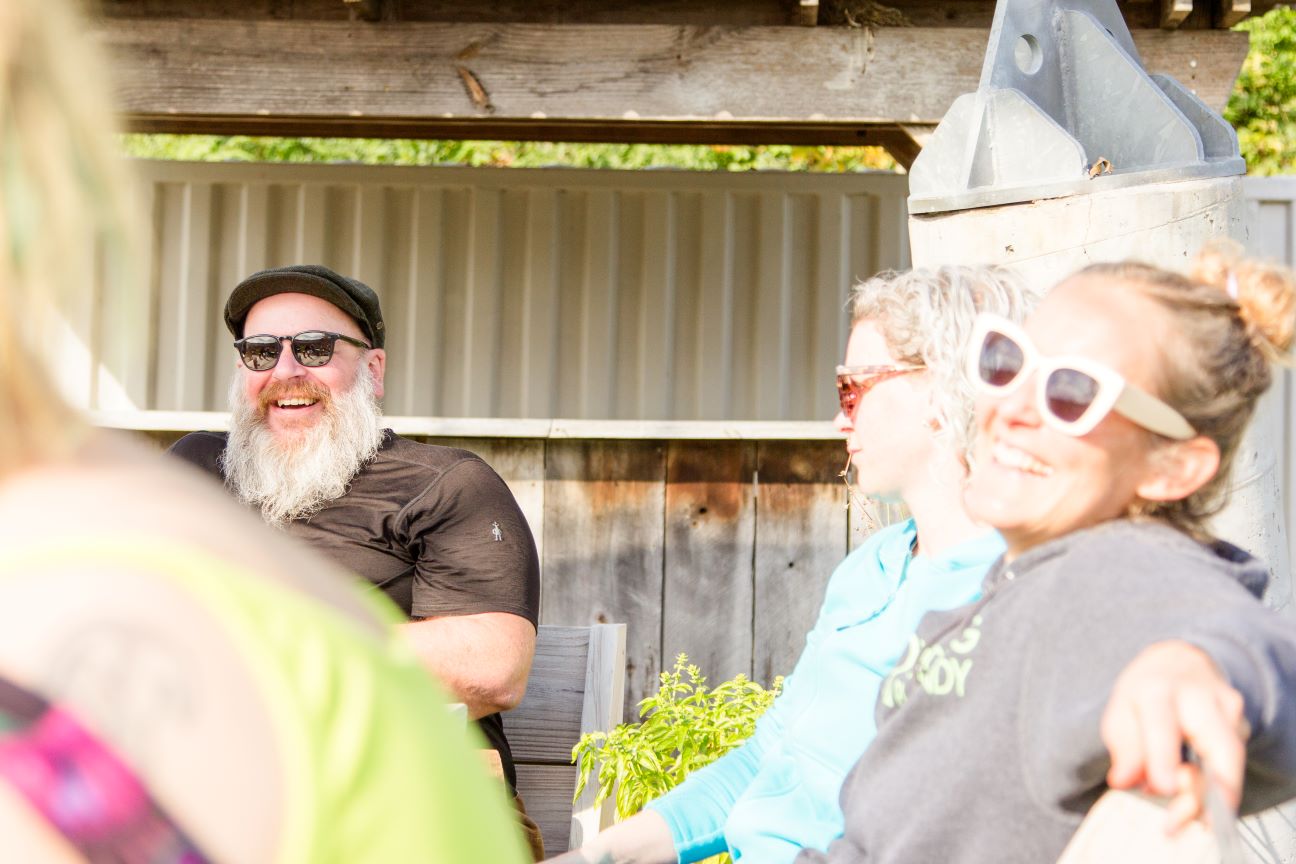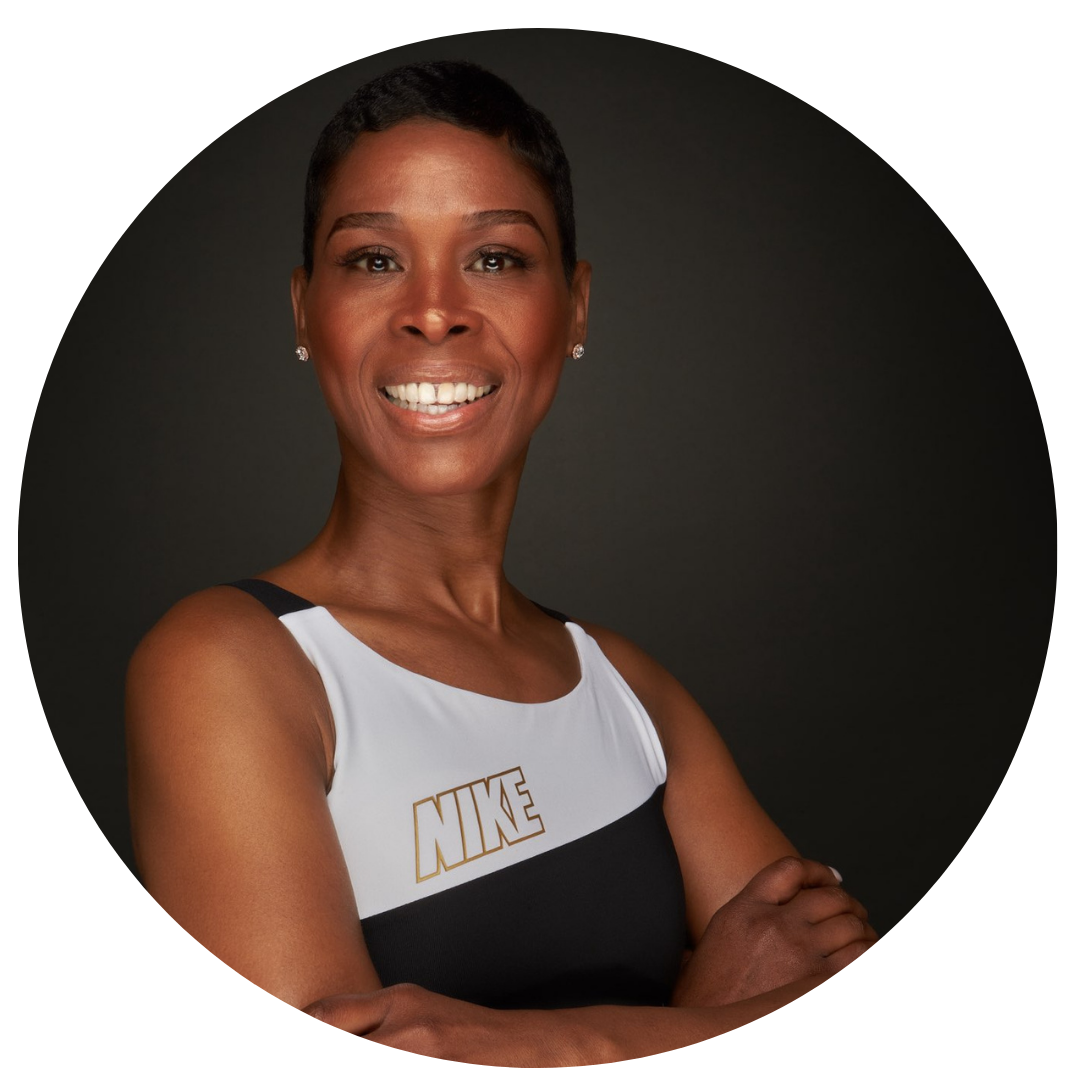I was working for the Sitka Conservation Society in Sitka, Alaska, a few years ago, and we were trying to figure out how to get citizens in other parts of the country involved in the protection of Alaska’s Tongass National Forest. The Tongass is the nation’s largest national forest, by far. It’s also the world’s great salmon producing forest. The forest supports about 30% of Alaska’s commercial salmon production. The health of wild salmon depend on the health of the forest, and, of course, the Tongass is public land, belonging to everybody–you, me, and everyone here in Indiana and the Midwest.
So, we began working on ways to communicate messages about the Tongass through the sustainably-harvested salmon that the forest rears. There were discussions, at first, about developing a line of canned salmon. We decided we wanted a higher value product, and Sitka doesn’t really have much of a canning industry anyway–just about everything leaves fresh or frozen. After we departed from the canned idea, I think our first real business plan was called “Tongass Salmon in your CSA,” and the goal was to get Midwestern CSAs to offer wild salmon supplements to their members (We do have a few CSAs that still do this.) In the final stages of development, we decided it would be easier to deliver the salmon direct to consumers ourselves. We called ourselves Sitka Salmon Shares and began setting up infrastructure in the Midwest. We also began working directly with a few fishermen and Seafood Producers Cooperative, a quality and sustainability-oriented fishermen’s coop in Sitka to source our fish. We knew the conservation message was important, we knew sustainability was important, but we knew that if the quality wasn’t there, all of those benefits would be lost. Even today, we continue to work very closely with conservation organizations in Alaska: the Sitka Conservation Society actually supports one of our positions–a wild salmon community organizer–and, our CSF members support a Sitka Conservation Society intern. It’s a complete circle, I guess.
We like to bring as much salmon as possible in via barge and truck. It’s cheaper and it’s better on our carbon balance sheet (we pay to offset all our Alaska transportation carbon anyway). All of our fish is blast-frozen to 40 below once on shore, so, the trick is keeping that fish below zero during the transportation. That’s actually not a problem. The cold chain that underwrites our current food system is just incredible. From the perspective of fresh v. frozen, 99 times out of 100 I’d take a blast frozen fish over a “fresh” fish in the Midwest. The blast frozen product is much “fresher.” Going the barge/truck option takes about 15 days. Logistically, that’s not feasible sometimes, so then the fish goes on Alaska Air Cargo. It flies, usually, from Sitka to Juneau to Anchorage, and then to Chicago on the red eye. It gets picked up by a refrigerated truck. Everything, regardless, goes to our cold storage facility in Galesburg, Illinois, where it’s sorted into shares and the shipped out on dry ice to the rest of the Midwest.
The CSF is very similar to the Growing Places Indy CSA. Instead of dealing with an impersonal system, we let people have a personal connection with the producers of their food, only its our fishermen, not farmers. Members know who caught their fish, how it was caught, where it was caught–being as transparent as possible is a core value of ours. Like the CSF, we also deliver a share of the harvest of our salmon fishermen and, just as important, we capture much more of the retail value of the harvest for our fishermen. Our fishermen also fish in the most ecologically sensitive ways possible–with hook and line and small gillnet. This minimizes the larger ecological disruptions that less discriminate forms of fishing cause. I know the Growing Places Indy CSA puts ecological principles at the forefront of its operations.
We are different in a few key ways, though. We guarantee product for our members, no matter what. If you buy a share of our salmon, you’ll get 15 pounds of fish–5 pounds of king, 5 pounds of coho, and 5 pounds of sockeye. It’s salmon for your family all summer to compliment those awesome veggies. Depending on fishing conditions, though, sometimes we have to move around deliveries in order to do this. Like our friends at Green BEAN Delivery, we also home deliver. Finally, the scale is a little different than Growing Places Indy. Even our smallest fisherman catches enough fish to feed several hundred families for an entire year. We want to be in a place soon where we can take everything that our fishermen catch all season. That’s better for us and it’s better for our fishermen. So, we have to grow.
First, we realize that no system’s perfect, but we’re always striving to improve, to perfect.
For us, we look at the line from production to consumption and think systemically about how we can make improvements to the current system. We think that putting more money back into the pockets of small boat fishermen is a huge improvement; we think offsetting all our carbon during transport is another biggie; we think our 1% to the Wild program, where we return 1% of all our revenue back to the marine and salmon conversation, is better; we think our new Salmon Give Back Initiative, where we make strategic investments in other local and sustainable food projects in the Midwest, is also a nice improvement.
As far as the product goes, we ask our fishermen to have all their fish bled, gutted, gilled, and packed on ice with 20 minutes of being landed. Fish spoil 4 times as fast at 40 degrees than they do at 32; it’s also the blood and insides of the fish that causes decomposition. So, the idea is to get that fish cleaned and cold as fast as possible. As one of our fishermen likes to say, it’s not how long it takes the fish to get from ocean to plate that makes the difference in quality; it’s what the fishermen does within the first 20 minutes of that fish being caught that makes the difference in quality. We also ask that all of our fishermen be “On Shore in Four,” meaning that from the moment that first fish is caught, they’re back at the dock in four days. Most hook-and-line salmon fishermen go on five day trips. Technically, you have 8 days before you see a decline in quality. This just gives us a little added assurance.
Education is an on-going thing, and always will be. Most Midwestern consumers know very little about oceans, fish, and fishing, even though, however odd it might seem, their lives are bound intimately to them. I’m a professor by day, so my first inclination is to go into wandering and complex explanations. I’m getting better at simplifying and distilling so that the message comes across to people. The problem is that these concepts–quality and sustainability–are incredibly complex! In simplifying, you lose important truths that need to be conveyed. Sometimes I feel like it’s a lose-lose situation.
What we’ve begun to start doing–and this has been effective–is taking the market on its own terms, at its own knowledge base, and building out from there. Wisconsinites, for instance, know that Dan and Deb Carey at New Glarus Brewing Company make the highest-quality beer; Indianapolis residents know that Goose the Market makes the highest-quality bacon the world has ever known; Indianapolis residents also know that Mark and Josh at Fermenti Artisan are guided by sustainability and quality standards that are hard to match. Once we make those connections, we the let them know that the same principles that go into being a craft fermenter, a craft butcher, and a craft brewer can be applied to fish and fishing–care, intimate knowledge of the food that’s being produced, years of experience. People get the difference between artisan production and mass production, and it’s about making that connection.
Things have gone wonderfully in Indianapolis. The media has been great. CSF sign ups have been brisk, proving that people are hungry for good, fair fish. Nowadays, everyone wants–and I’d even say needs–a personal connection to their food. We love this type of transparency and accountability between consumer and producer, and it’s clear that Indy is that type of scene. In the next month, people will begin to see Sitka salmon at some of the city’s–the Midwest’s–best restaurants. Our long term vision is to see a Midwest where people have access to fish they can trust; a Midwest that understands the value of supporting small boat fishing families and sustainably managed wild fisheries; and a Midwest that actively supports fishing families who’d rather fish as artisans, not cogs in a machine. We’re working on that.



